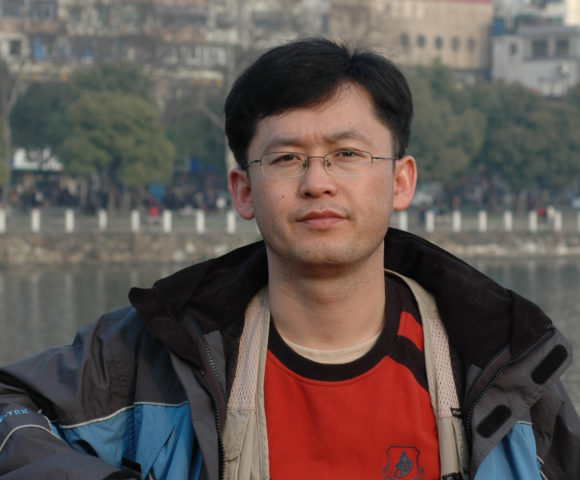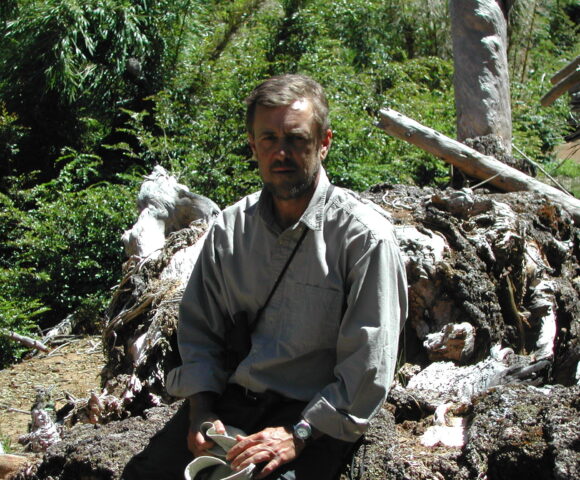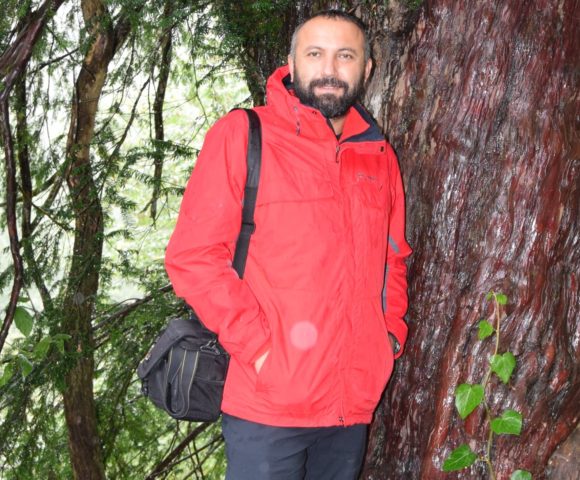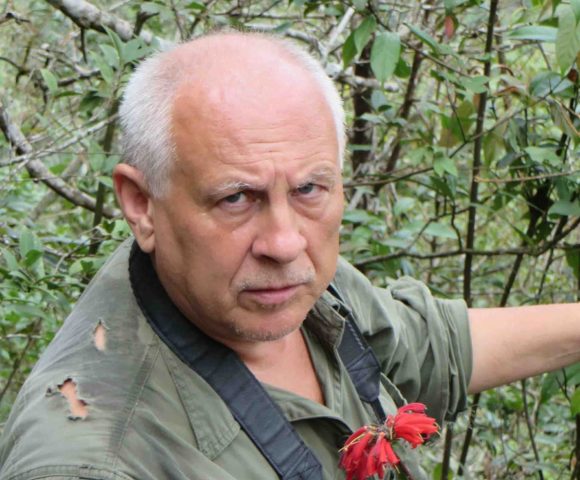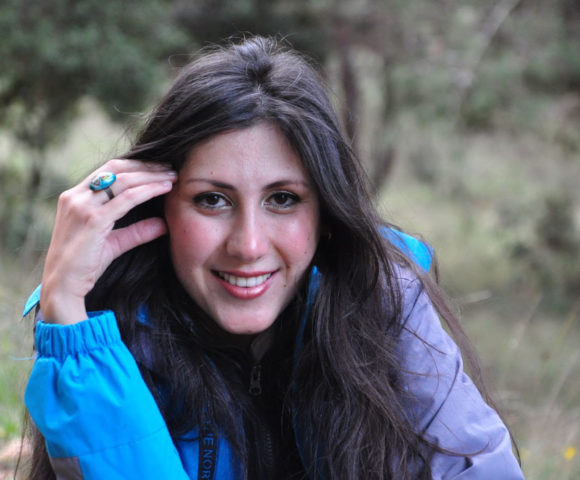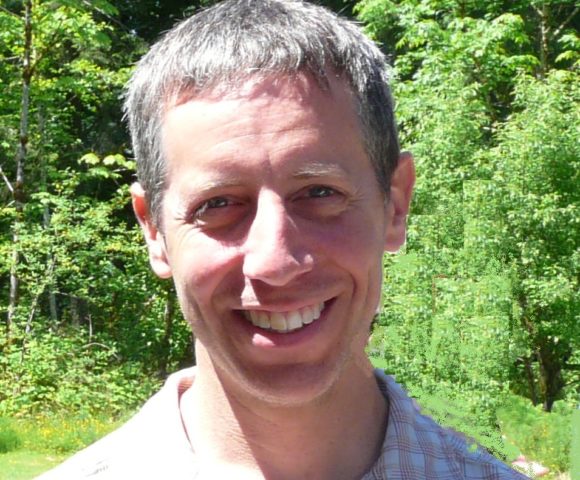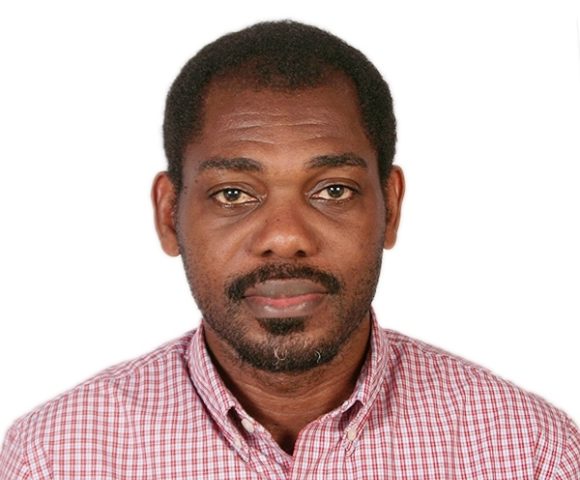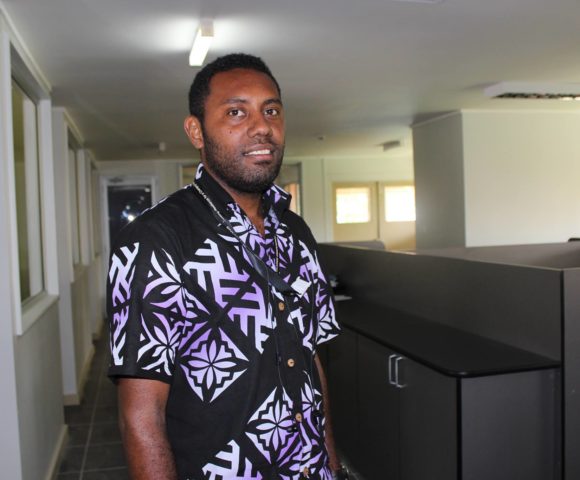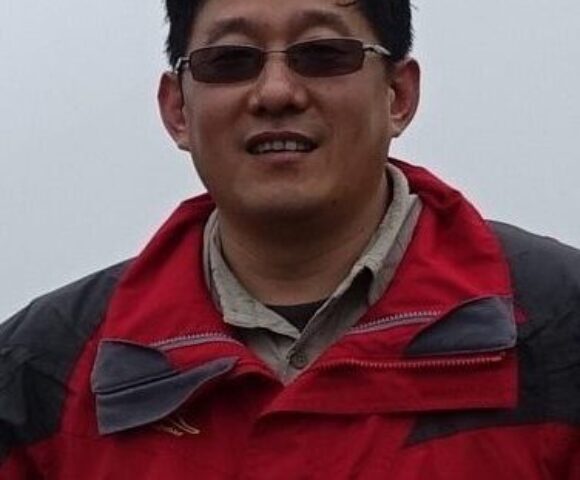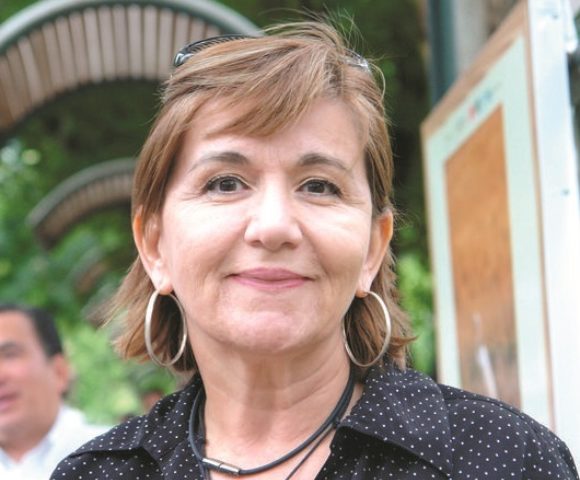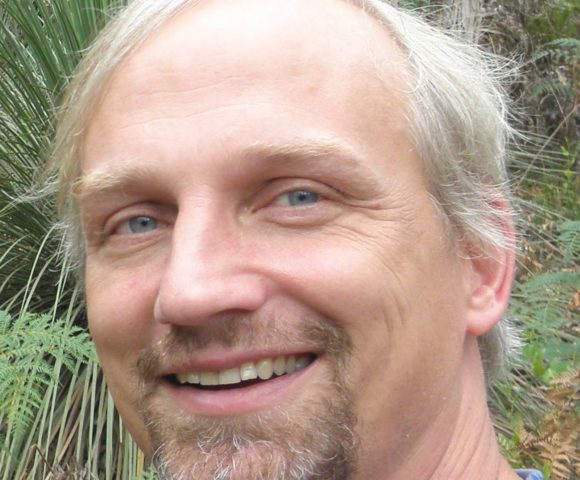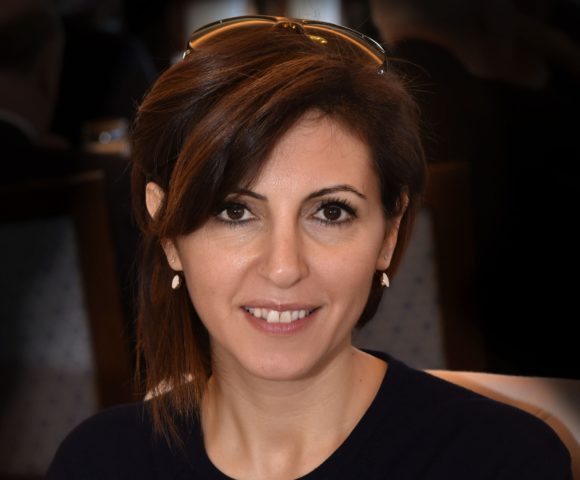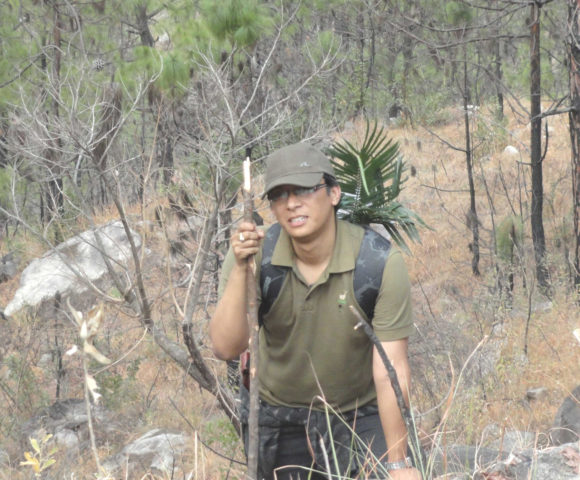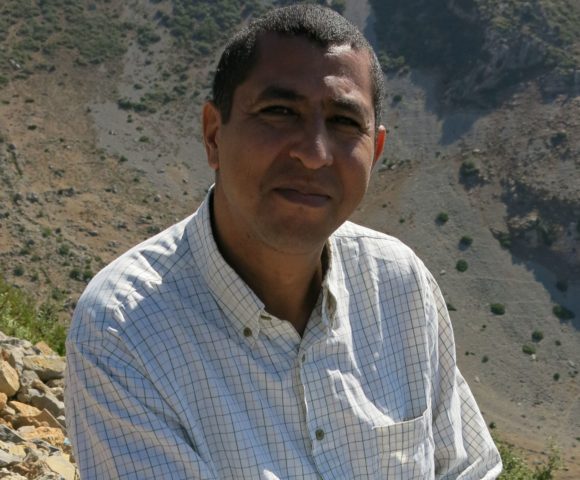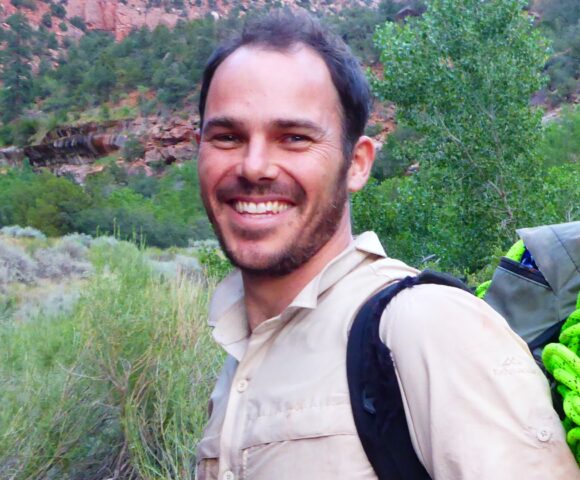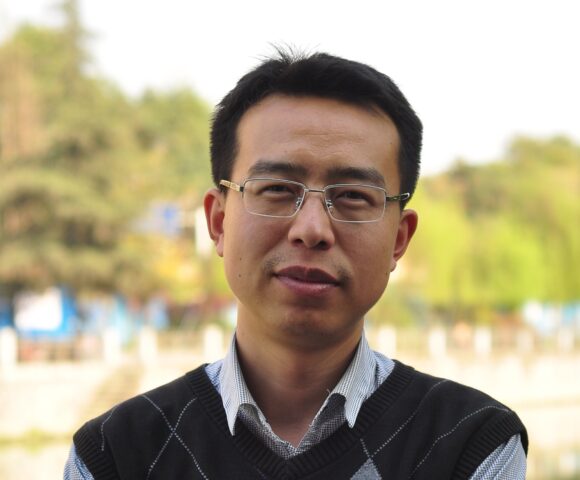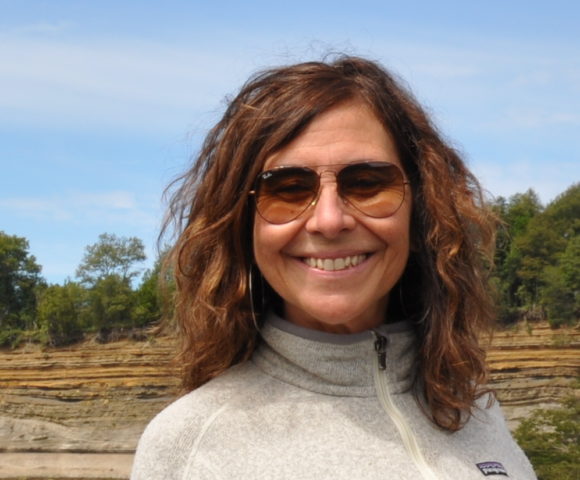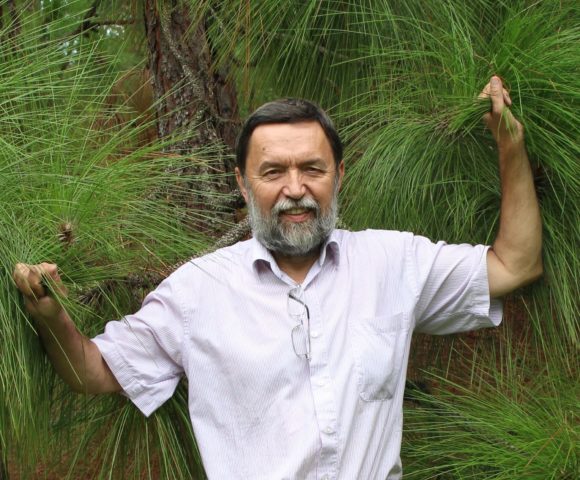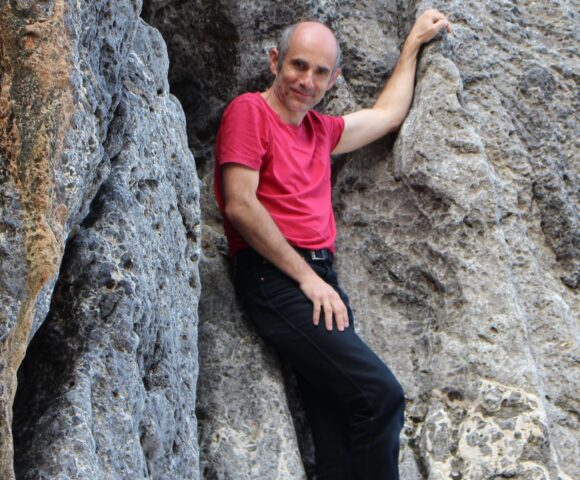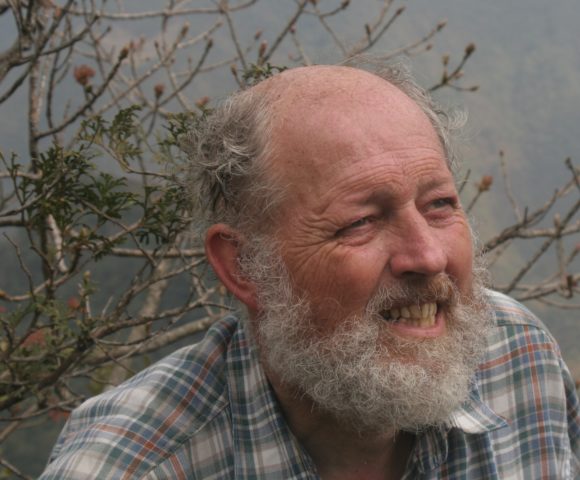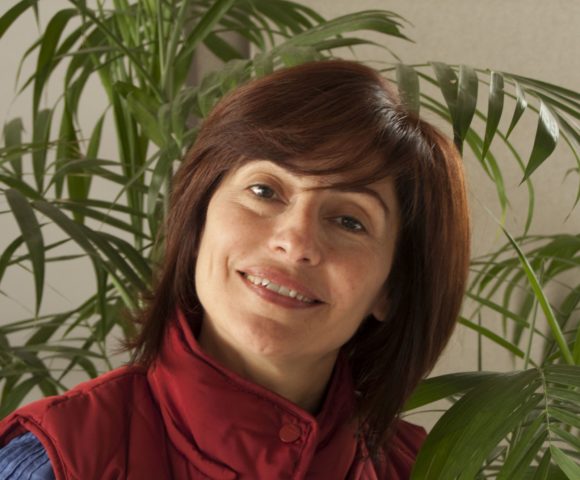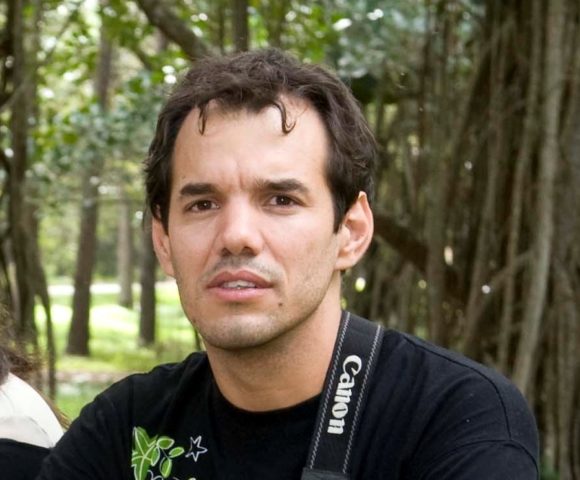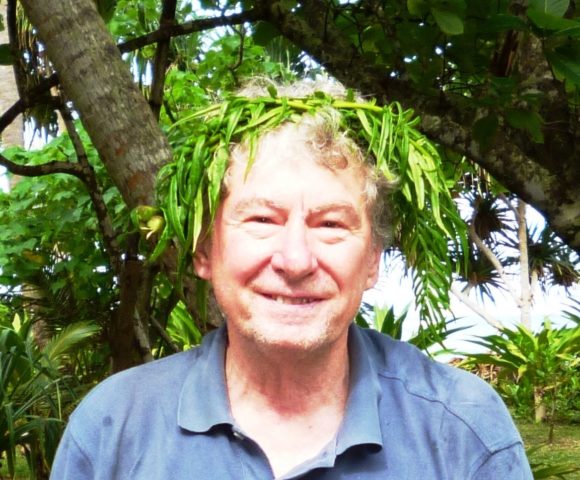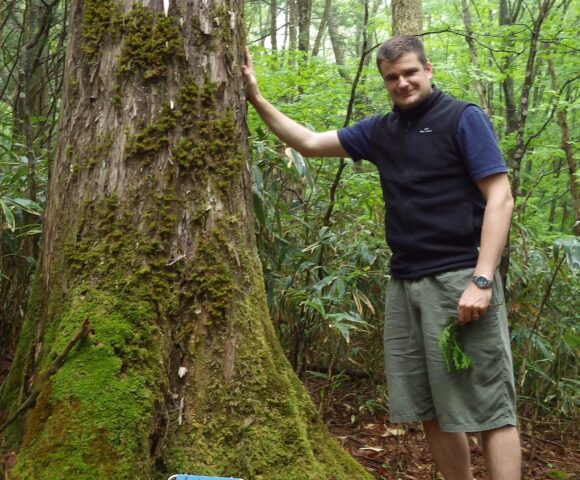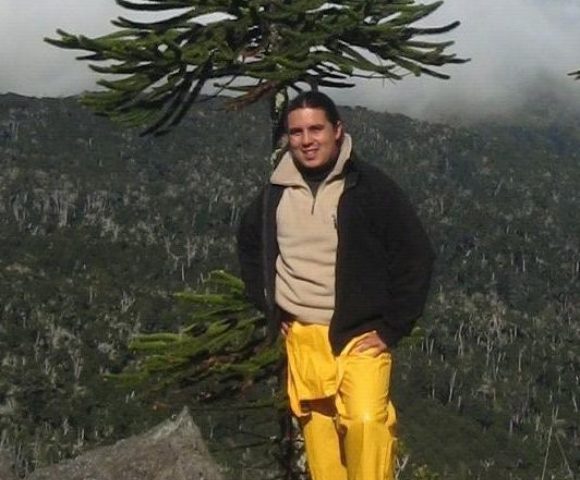Member · China
Kangshan Mao
I received my PhD degree on Ecology from School of Life Sciences, Lanzhou University, China in 2010, and I conducted researches at University of Edinburgh and Royal Botanic Garden as a visiting postgraduate in 2008. I worked at Lanzhou University for three years, and then moved to College of Life Sciences, Sichuan University and worked here since 2013. My research area focused mainly on the molecular systematics, evolution, ecology and conservation of Cupressaceae, a family that one third of its species are listed as threatened in IUCN Red List. I traveled extensively in Western China to survey Cupressaceae plants there, especially in the Qinghai-Tibet Plateau. I reconstructed the evolutionary timescale of Cupressaceae, and several of its genera including Juniperus, by integrating both molecular and fossil evidence; we also conducted conservation genetic studies for several threatened species in western China, including Cupressus gigantea, C. chengiana, J. microsperma, J. erectopatens. I am updating the evolutionary history both in time and space for Cupressaceae family and its genera using NGS data, and conducting population (conservation) genomic and ecological studies for threatened and economically important Cupressaceae species in East Asia.
